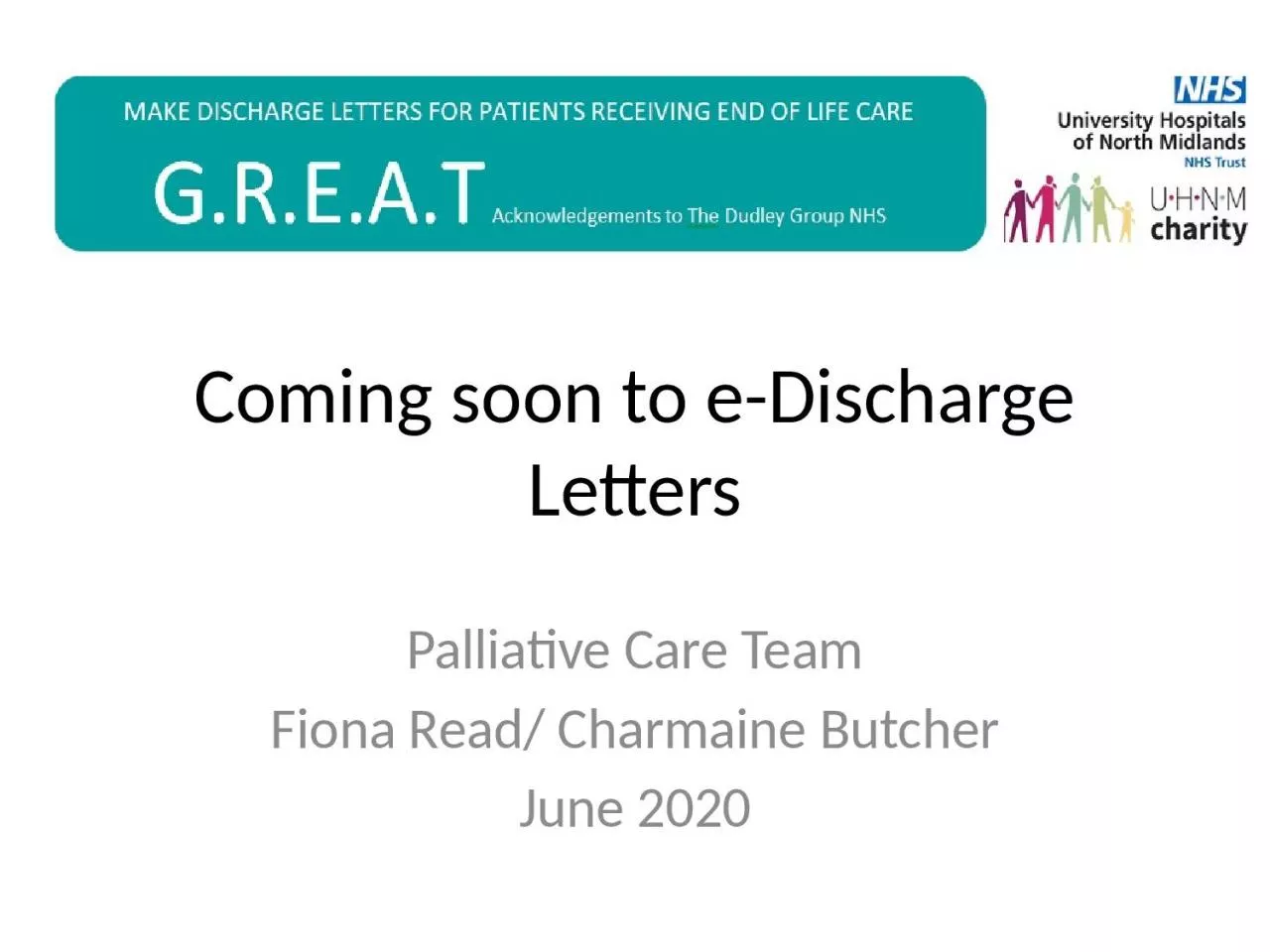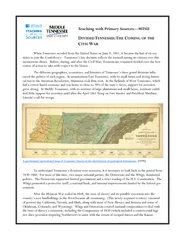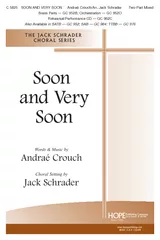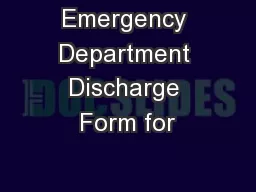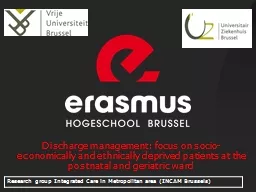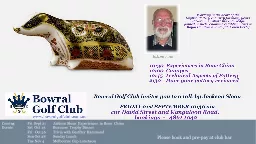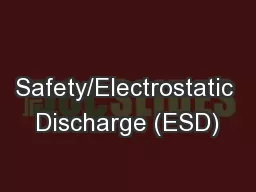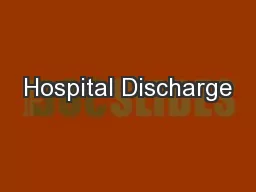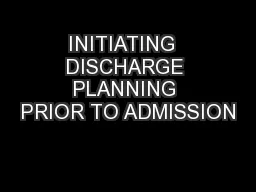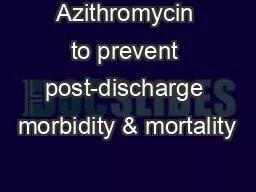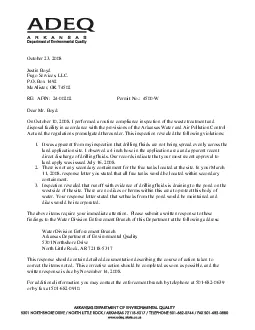PPT-C oming soon to e-Discharge Letters
Author : summer | Published Date : 2024-02-09
Palliative Care Team Fiona Read Charmaine Butcher June 2020 The idea for GREAT The Dudley group originally developed GREAT which has proved successful in improving
Presentation Embed Code
Download Presentation
Download Presentation The PPT/PDF document "C oming soon to e-Discharge Letters" is the property of its rightful owner. Permission is granted to download and print the materials on this website for personal, non-commercial use only, and to display it on your personal computer provided you do not modify the materials and that you retain all copyright notices contained in the materials. By downloading content from our website, you accept the terms of this agreement.
C oming soon to e-Discharge Letters: Transcript
Download Rules Of Document
"C oming soon to e-Discharge Letters"The content belongs to its owner. You may download and print it for personal use, without modification, and keep all copyright notices. By downloading, you agree to these terms.
Related Documents

